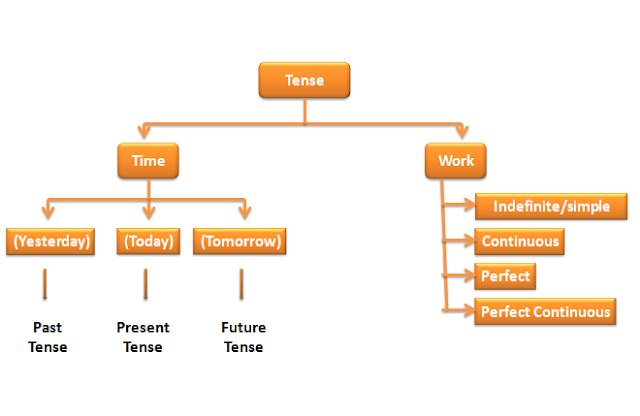Negative sentence ( present continuous )
Negetive sentence present continuous tense Reconization:- ....... नहीं ......रहा है....... नहीं....... रही है........... नहीं .......रहे हैं| Example :- वह स्कूल नहीं जा रहा है| Helping verb :- is /am /are Use of 'Is ' with he, she , it , name and singular noun . ( Is का प्रयोग He , she, it और एक वचन संज्ञा के साथ करेंगे ) Use of ' Am' with I ( am का प्रयोग I के साथ करेंगे ) Use of 'Are' with you, we ,they and plural noun . ( are का प्रयोग you, we, they और बहुवचन संज्ञा के साथ करेंगे) Formula :- subject + is /am /are + not + v1 + ing + object + etc Note :- नकारात्मक वाक्यों में is , am ,are के बाद not का प्रयोग करेंगे Rules of translation 1- सर्वप्रथम वाक्य में आवश्यकतानुसार subject लगाएंगे (write the subject first ) 2- subject के अनुसार आवश्यक सहायक क्रिया ( is / am /are )का प्रयोग करेंगे| ( write the auxiliary verb after the subject per requirement ) 3- सहायक क्रिया के बाद not क
